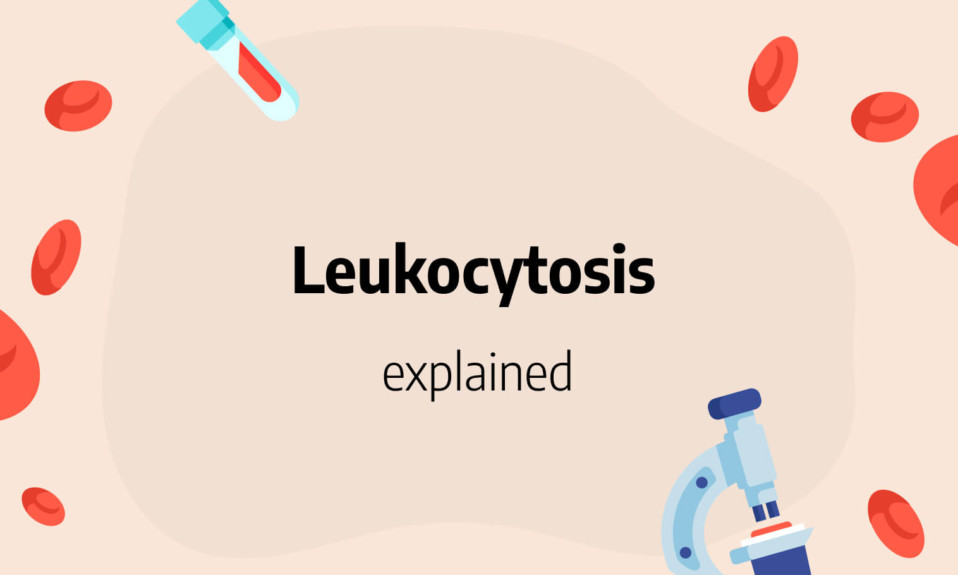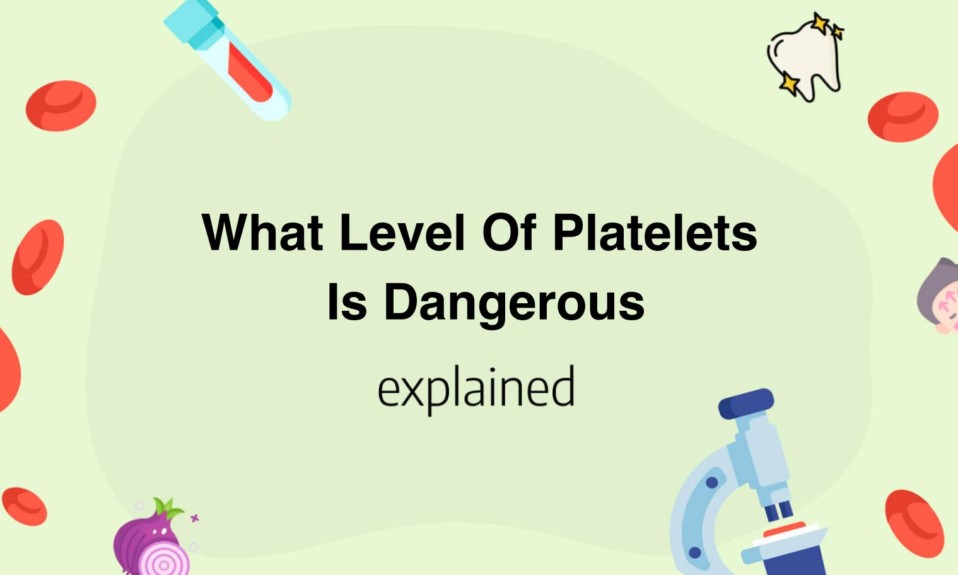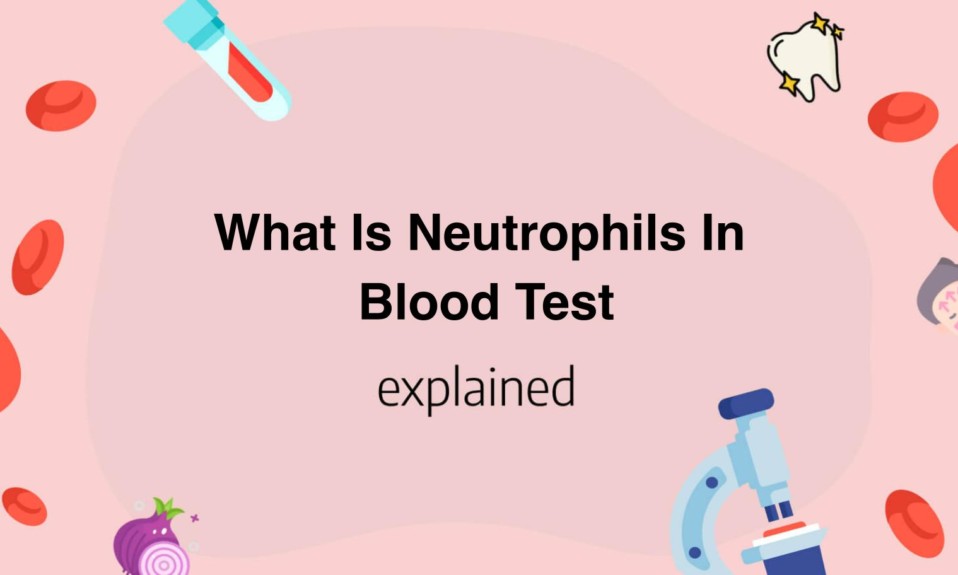Leukocytosis definition
Leukocytes, more commonly known as white blood cells, are cells involved in the immune system. Their name comes from the Greek words leukos meaning white and kutos meaning cell. Given their essential role in the body’s defense, these cells are particularly monitored during a blood test.
Leukocytosis is a disorder in which the amount of leukocytes in the blood increases.
Although this phenomena is most commonly associated with illness, it can also be produced by a variety of other circumstances, including stress.
Types of leukocytosis
There are five forms of leukocytosis:
- Eosinophilia: Similar to monocytosis, this kind of leukocytosis is rare and is caused by a large amount of eosinophils, which account for 1-4 percent of your body’s white blood cells.
- Neutrophilia: A rise in neutrophils, which account for 40-60% of the body’s white blood cells, causes this prevalent kind of leukocytosis.
- Basophilia: the most uncommon kind of leukocytosis, basophilia is characterized by an increase in the number of basophils, which account for only 0.1 to 1% of the body’s white blood cells.
- Lymphocytosis: This condition arises when you have a high amount of lymphocytes, which account for 20-40% of your white blood cells.
- Monocytosis: This kind of leukocytosis is distinguished by a high concentration of monocytes, which account for 2-8 percent of your white blood cells.
Leukocytosis causes
The precise kind of white blood cells that are raised can be used to classify the causes of leukocytosis.
The following are some of the most prevalent causes of neutrophilia:
- Leukemia
- Infections
- smoking
- mental or physical stress
Here are some of the possible causes of lymphocytosis:
Certain kinds of leukemia, viral infections, allergic responses, whooping cough, or poppy,
Some of the most common causes of eosinophilia are:
Allergies and allergic responses, such as hay fever and asthma, parasite infections, certain skin illnesses, lymphoma, or lymphatic cancer
Monocytosis can be caused by a variety of factors, including:
Epstein-Barr virus infections (including mononucleosis), TB, fungal infections, autoimmune illnesses such as lupus and ulcerative colitis,
Basophilia is caused by the following factors:
Allergies to leukemia and bone marrow cancer
Leukocytosis diagnose
For most healthy people who are not pregnant, the typical white blood cell count is between 4,500 and 10,500 per microliter of blood.
A white blood cell count exceeding this threshold may indicate leukocytosis.
A white blood cell count of 50,000 to 100,000 per microliter of blood may indicate a significant infection, organ rejection, or a solid tumor.
An extremely high white blood cell count of more than 100,000 is frequently associated with leukemia or other kinds of blood and bone marrow malignancy.
Two types of testing are typically performed to detect the cause of a high white blood cell count:
- Full blood count (CBC) with differential: When your white blood cell count is greater than usual, this is the most typical test. A machine is used in this test to determine the proportion of each kind of white blood cell in a blood sample.
- Blood smear: when you have neutrophilia or lymphocytosis, your doctor may do this test, which examines the morphology and maturity of all blood cells. This test will either confirm or deny the kind of leukocytosis. If immature white blood cells are seen, a bone marrow biopsy may be performed.
Read also: Neutrophils: definition, absolute count, high, low and normal range
Leukocytosis symptoms
When the body’s white blood cell count is extremely high, the blood can become extremely thick, obstructing blood circulation.
This can result in a condition known as hyperviscosity syndrome.
Although this condition can develop in patients with leukemia, it is quite rare.
This disease can lead to a number of major issues, including:
- Stroke
- vision problems
- difficulty breathing
Other signs of leukocytosis might occur.
These may be connected to the impact of the specific kind of white blood cells that are high, as well as any underlying health problem that is producing the leukocytosis.
The following are the most prevalent symptoms:
Fever, soreness, easy bruising, trouble breathing, coughing, hives and itching, weight loss, and night sweats are all symptoms of a fever.
Keep in mind that if your leukocytosis is caused by stress or a response to medicine, you may not have any symptoms.
Read also: What Is The Average Lifespan of a Red Blood Cell?
Leukocytosis treatments
The treatment for leukocytosis varies depending on the reason.
Among the most prevalent therapeutic options are:
- antihistamines used to treat allergic reactions
- Inhalers for asthma
- antibiotics used to treat bacterial infections
- Chemotherapy, radiation therapy, or stem cell transplantation for leukemia are examples of cancer therapies.
- drugs used to alleviate stress or anxiety inflammatory illnesses
- Changing drugs to avoid the negative effects of particular medications









